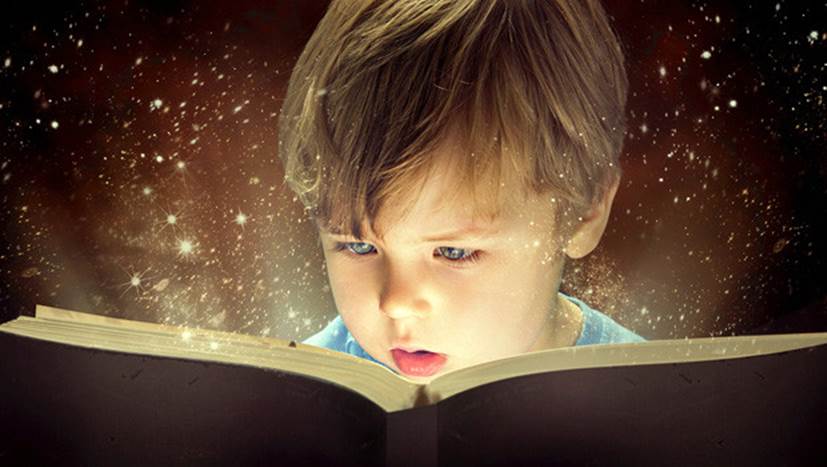
Most people will remember the familiar and helpful rhyme:
‘Divorced, beheaded, died, Divorced, beheaded, survived.’
However, this just tells us part of the story of Henry the Eighth’s struggle to find marital bliss and secure an heir to the throne. What about the rest of the story? Unfortunately, this is where many of the pupils in schools begin to struggle. Unless their imaginations have been ignited by enthusiastic teachers using exciting methods which engage their audiences, then many pupils will enter the classroom with a feeling of trepidation and a longing for it to be over with.
What’s more, with some classes consisting of thirty or more pupils, even a very enthusiastic teacher will find it difficult to help those who are either struggling with the subject or are just not interested. Professor of psychology Joydeep Bhattacharya, of Goldsmiths University of London, said that memory works by association so learning something new, and retaining that information, is best achieved if linked to emotion, image or experience.
This is where history poetry comes into its own. By taking a specific era from the past and re-telling that era through the medium of poetry, the feelings and emotions of the key players are critically entwined with all those important dates which many find difficult to remember. The tempo of the poem, along with the all-important rhyming, help the reader to begin to retain the information which is presented. It no longer looks like that all forbidding block of text which can put many off even before they begin.
Because the poem is broken down into easily manageable chapters which cover key topics, teachers can then pick and choose which chapter best suits the lesson they are covering, and work from that. The history poem doesn’t have to be read like a book from cover to cover but can be used as an aid to augment the curriculum, to help make the standard storyline that much more interesting and alive.